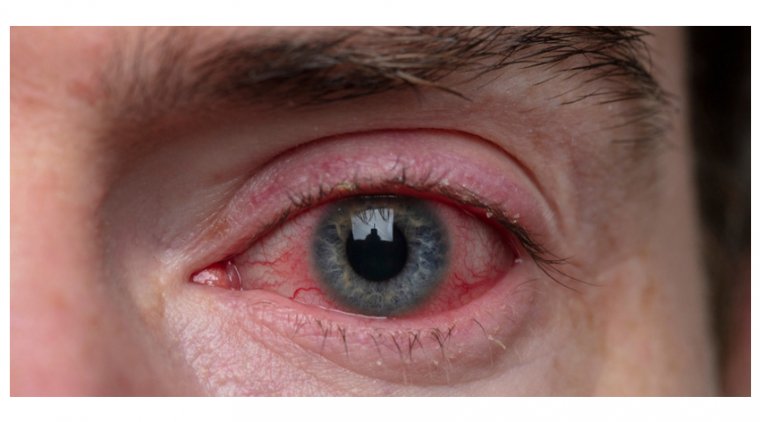
Arcus Senilis: Understanding Causes, Symptoms, and Treatment
Arcus senilis (corneal arcus) is a medical condition that affects the cornea of the eye, causing it to develop a grayish or white ring around the iris. This ring can obstruct vision, cause glare or halos around lights, and affect the overall appearance of the eye. In this article, we will discuss the causes, symptoms, treatment, and prevention of arcus senilis.
What Causes Arcus Senilis?
Arcus senilis is commonly seen in people over the age of 60 and is thought to be associated with age-related changes in cholesterol levels. High levels of low-density lipoprotein (LDL) cholesterol in the blood can cause deposits to build up in the cornea, leading to the development of arcus senilis. People with high blood pressure, diabetes, or a family history of heart disease may also be more likely to develop arcus senilis.
Can Arcus Senilis Develop in Younger People?
Arcus senilis can be seen in younger people, although it is less common. In younger people, the condition may be associated with underlying health problems that affect cholesterol levels, such as hyperlipidemia (high levels of fats in the blood), or other health conditions such as diabetes, hypertension, or kidney disease. Additionally, people with a family history of heart disease or high cholesterol levels may also be at an increased risk of developing arcus senilis at a younger age.
What Are the Symptoms?
Arcus senilis is typically painless and does not cause any significant visual impairment. However, in some cases, the deposits can cause glare or halos around lights, which can affect vision at night. If the deposits cause significant vision impairment, it is important to seek medical attention.

Managing Arcus Senilis
Arcus senilis is a benign condition and typically does not require treatment. However, if the deposits cause visual impairment or affect the appearance of the eye, a corneal transplant may be recommended. In some cases, medications such as statins, which lower cholesterol levels, may be prescribed to prevent the progression of the condition.
Tips to Prevent Arcus Senilis
To prevent the development of arcus senilis, it is important to maintain a healthy lifestyle and manage risk factors such as high blood pressure, diabetes, and high cholesterol levels. Eating a diet rich in fruits, vegetables, and whole grains, and avoiding foods high in saturated fats and trans fats can help to lower cholesterol levels. Regular exercise and maintaining a healthy weight can also help to prevent the development of arcus senilis.
In conclusion, arcus senilis is a benign condition that affects the cornea of the eye, causing a grayish or white ring around the iris. While it typically does not cause significant visual impairment, it is important to be aware of the risk factors and to seek medical attention if the deposits cause visual impairment. Maintaining a healthy lifestyle and managing risk factors can help to prevent the development of arcus senilis.
(1).jpg)










